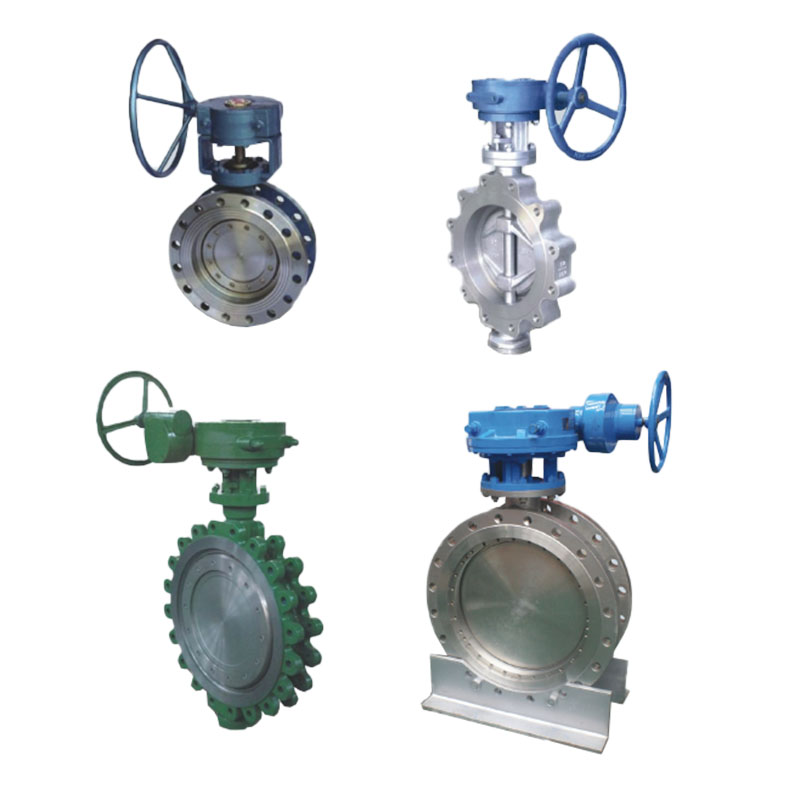Zhejiang Shunlin Valve Co., Ltd. is China Flange Valve Manufacturers, we are design and manufactures API standard valves (globe valves, gate valves, check valves, ball valves).
Types of Check Valves and Their Common Applications
Update:2023-08-17 7:00:00 Thursday
Summary:
A check valve is an automatic safety device that allows gasses and liquids to flow through it in only one direction while preventing back flow. This is achieved by a flap that is set in a seat to open the valve when there is pressure behind it, whi......
A check valve is an automatic safety device that allows gasses and liquids to flow through it in only one direction while preventing back flow. This is achieved by a flap that is set in a seat to open the valve when there is pressure behind it, while closing when pressure is released or when the medium flows backwards. The closure mechanism is either weight, backpressure, a spring or a combination of both that forces the flap to close.
The majority of check valves are used for water and waste lines but are also found in industrial settings as well. These include oil rigs, chemical plants and manufacturing facilities, gas systems and pumps as well as water treatment. However, the best known use of a check valve is in public water and sewage pipelines.
If the wrong check valve is installed for a system or application it can cause a significant amount of damage due to excessive wear and tear, leakage and even explosions in some cases. This is why it is vital that the right type of check valve is selected and installed for each application or system to ensure the correct operation and longevity.
There are many types of check valves available and they differ based on the way that they function as well as the materials that they are constructed from. The following are some of the most popular types of check valves and some of the broad industrial applications that they are commonly used for:
Swing check valves have been in service for a long time and are still widely used in some industries and applications. This is because they have the ability to offer very little resistance to fluid flow while reducing turbulent conditions and preventing water hammer. Swing check valves are also ideal for use in high-pressure applications that require constant and manageable pressure levels.
Tip-on check valves are a relatively new technology and are quickly gaining popularity in some areas of the industry. They have a similar function to swing check valves but can be attached to pipes without needing to disassemble or remove them from their original location. This means that they are extremely useful in maintenance and repair operations where access to the internal components of the valve is needed.
Lift check valves have a guiding feature that enables the closure member to be guided into a seating's mate on closing. This is great for installations with frequent reversals of flow as it helps to prevent them from slamming open and shutting off the flow. However, it is not recommended for low viscosity applications as dirt entering the guide can hang up the closure member and result in lazy valve operation or even a failure to close at all.
Dual plate check valves have two spring-loaded plates that are mounted on a central pin. This helps to prevent slamming and water hammer as the two plates are able to offset each other if there is a sudden change in flow direction or a large increase or decrease in pressure.


 English
English 中文简体
中文简体 русский
русский







